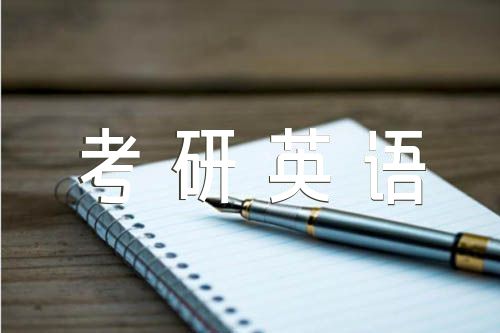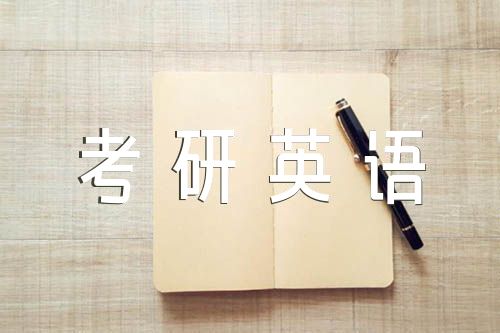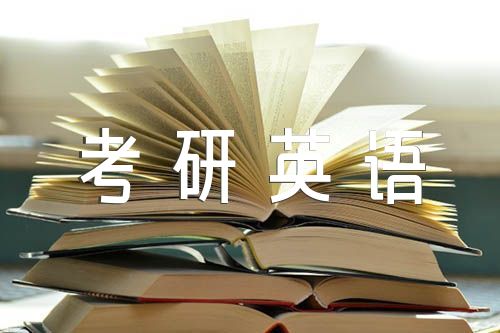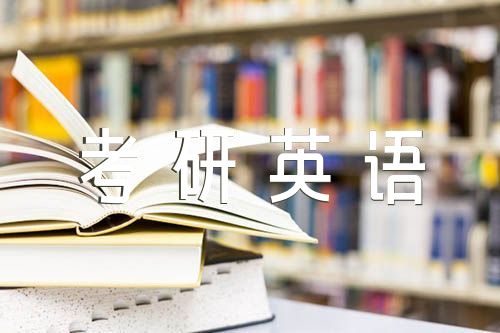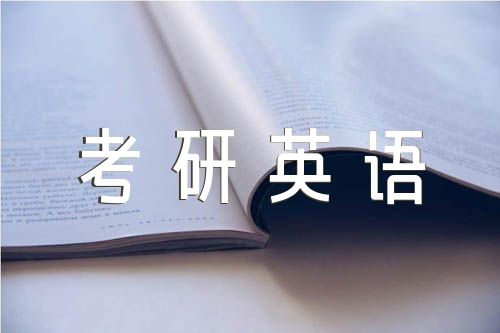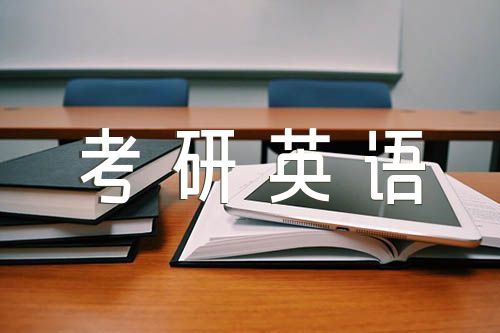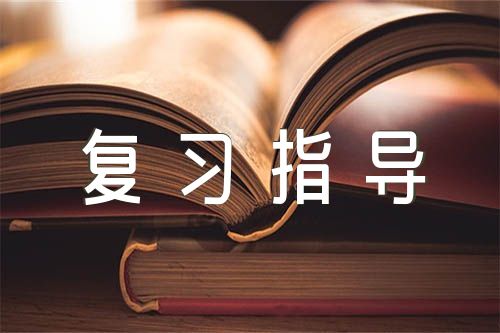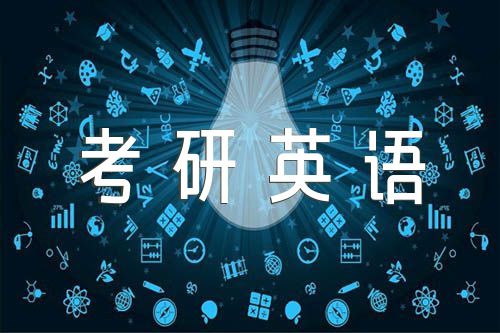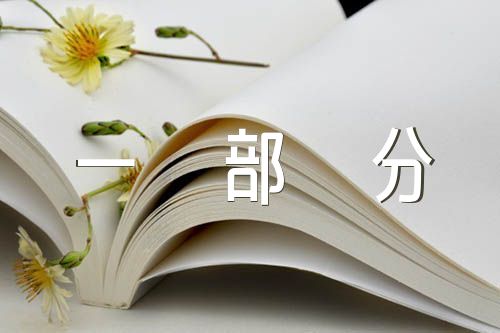【www.jianqiaoenglish.com--考研英语】
Unit 84
At 18, Ashanthi DeSilva of suburban
It"s not entirely clear why medicine has been so slow to build on
At the
But somehow, things get lost in the translation from laboratory to patient. In human trials of the hemophilia treatment, patients show a response at first, but it fades over time. And the field has still not recovered from the setback it suffered in 1999, when Jesse Gelsinger, an 18-year-old with a rare metabolic disorder, died after receiving an experimental gene therapy at the University of Pennsylvania. Some experts worry that the field will be tarnished further if the next people to benefit are not patients but athletes seeking an edge. This summer, researchers at the Salk Institute in
注(1):本文选自Newsweek;
注(2):本文习题命题模仿对象: 第1、2题分别模仿2003年真题text1的第2题和第1题;第3、4题分别模仿2004年真题text1的第5 题和第3题;第5题模仿2002年真题text3的第5题;
1. The case of Ashanthi Desilva is mentioned in the text to ____________.
[A] show the promise of gene-therapy
[B] give an example of modern treatment for fatal diseases
[C] introduce the achievement of
[D] explain how gene-based treatment works
2.
[A] greatly speeded the development of medicine
[B] brought no immediate progress in the research of gene-therapy
[C] promised a cure to every disease
[D] made him a national hero
3. Which of the following is true according to the text?
[A] Ashanthi needs to receive gene-therapy treatment constantly.
[B] Despite the huge funding, gene researches have shown few promises.
[C] Therapeutic genes are carried by harmless viruses.
[D] Gene-doping is encouraged by world agencies to help athletes get better scores.
4. The word “tarnish” (line 5, paragraph 4) most probably means ____________.
[A] affect
[B] warn
[C] trouble
[D] stain
5. From the text we can see that the author seems ___________.
[A] optimistic
[B] pessimistic
[C] troubled
[D] uncertain
A B C D A
篇章剖析:
本篇文章是说明文,主要说明基因疗法的前景,现状,遭遇的问题以及人们对待基因疗法的态度。文章第一段以上世纪90年代一次成功的基因治疗为例说明基因疗法的广阔前景。第二段介绍了基因疗法的现状和治疗机制。第三段介绍了目前用基因疗法治疗多种疾病的研究情况,第四段介绍了基因疗法遭遇的问题以及人们对基因疗法的态度。
词汇注释:
sterile: [5sterail] adj. 无细菌的;消毒的
gene-therapy 基因疗法
hemophilia:[7hi:mE5filiE] n. 血友病
mutant: [5mju:tEnt] n. 〈生〉突变型;突变体
therapeutic: [WerE5pju:tik] adj. 治病的;治疗术的;治疗学的
Trojan horse: (神话)特洛伊木马(特洛伊战争时希腊人做的木马, 希腊兵藏在木马腹中, 混入特洛伊城); [喻]内部的破坏集团
cargo: [5kB:^Eu] n. (船、飞机 所载的)货物
immunologist: [7imju5nClEdV ist] n. 免疫学家
Parkinson’s disease: 震颤(性)麻痹症;帕金森症
clot: [klCt] v. (使)凝结
metabolic: [7metE5bClik] adj. 代谢作用的, 新陈代谢的
tarnish: [5tB:niF] v. ,败坏;玷污;诽谤;中伤
edge: [edV] n. 优势
doping: [5dEupiN] n. 加添加剂
dystrophy: [5distrEfi] n. 〈医〉营养不良
难句突破:
Born with an extremely rare and usually fatal disorder that left her without a functioning immune system (the "bubble-boy disease," named after an earlier victim who was kept alive for years in a sterile plastic tent), she was treated beginning in 1990 with a revolutionary new therapy that sought to correct the defect at its very source, in the genes of her white blood cells.
主体句式:she was treated with a …therapy
结构分析:这是一个复杂长句。过去分词born引导了一个包含定语从句(that引导的定语从句,修饰disorder)和插入语(同样在其中含有带定语从句的分词短语)的原因状语,主句后面又跟了一个定语从句(that引导的用来修饰therapy的 从句)。
句子译文:她生来就患上了一种极为罕见而且通常致命的免疫系统不全症(即“气泡男孩症”,该病名得名于早期的一位在消过毒的塑料帐篷里生活多年的患者),从1990年开始,她就接受了一种全新的治疗方法,这种方法试图在源头,在她的白血球基因中治疗免疫缺陷。
题目分析:
1. 答案为A,属推理判断题。文章第一句话对用基因疗法治疗Ashanthi所患罕见疾病的成功给与了很高的评价,并在第一段末指出医生们对基因疗法寄予了极高的期望。由此可见,答案应该是A。
2. 答案为B,属事实细节题。文章第二段一开头就说:“It"s not entirely clear why medicine has been so slow to build on Anderson"s early success.”从时间上来看,Anderson采用基因疗法的成功尝试已经是1990年的事情了,两相对照,可见他的成功没有让医学加速发展。
3. 答案为C,属事实细节题。文章第二段对于基因治疗的方式的解释是用于治疗的基因通过“viruses that don"t cause human disease”进入体内,就好像“特洛伊木马”一样,由此可见,这些病毒是无害的。
4. 答案为D,属猜词题。第四段上文提到基因疗法遭受的一起挫折---一个病人因接受基因疗法而死亡;接着讲专家担心运动员利用基因在比赛中作弊会进一步tarnish这一领域,从上下文逻辑推理,应该是“有损,玷污”这一类的意思,答案D符合题意,为正确答案。
5. 答案为A,属推理判断题。作者的态度从文章第一句话和最后一句话就可以明显判断出来。第一句话说基因疗法是20世纪的伟大成就之一,最后一句话说“Everybody recognizes that gene therapy is a very good idea”,由此可见作者对基因疗法持积极乐观的态度。
参考译文:
住在克利夫兰郊区18岁的阿珊赛·德西娃是20世纪在知识上所取得的伟大成就的活的象征。她生来就患上了一种极为罕见而且通常致命的免疫系统不全症(即“气泡男孩症”,该病名得名于早期的一位在消过毒的塑料帐篷里生活多年的患者),从1990年开始,她就接受了一种全新的治疗方法,这种方法试图在源头,在她的白血球基因中治疗免疫缺陷。这种方法很有用。来自南加州大学的一位曾经参与治疗的医生W·弗伦奇·安德森说,虽然她上次接受基因治疗的时间已经是1992年,但现在的她完全健康,并且拥有正常的免疫功能。研究人员长期以来一直梦想用正常基因取代突变基因的方法治疗血友病,癌症等各种疾病。这种梦想也许还会延续几十年。“在50年内”,安德森说:“基本上各种疾病都会有一种基因疗法。”
现在还不完全清楚为什么在安德森很早就取得成功的基础上,医学发展却如此缓慢。国家卫生研究院预算办公室估计该院将在2005年投入4.32亿美元用于基因疗法的研究,而且在很多方面都有领先的可能。治疗基因通常都是通过那些不会引起人类疾病的病毒进入体内的。“这种病毒就好像特洛伊木马,”纽约基督教长老会/韦尔·康奈尔医学院的罗纳德·克利斯特尔说:“它运送的货物则是基因。”
在宾州大学阿博拉姆逊癌症中心,免疫学家卡尔·琼最近用一种基因来治疗艾滋病患者,以帮助他们的细胞抵御感染。在康奈尔大学,研究人员正在研究用基因疗法治疗帕金森症和一种破坏儿童脑细胞的罕见遗传疾病。在斯坦福大学和费城儿童医院,研究人员也在尝试找出帮助血友病患者的方法。目前血友病患者必须注射昂贵的促凝血药物来维持生命。动物实验已经表明这项研究大有可为。
但不知什么缘故,从实验室到病人的转换过程中有一些缺失的环节。在治疗血友病的人体试验中,病人最初有一些反应,但经过一段时间,这种反应就消失了。此外,这一领域还没有从1999年遭受的那一次挫折中恢复过来。那一年,身患罕见新陈代谢紊乱症的18岁青年杰西·格尔辛基在宾州大学接受基因疗法试验后死亡。一些专家担心如果接下来受益的人群不是病人而是运动员的话,将更有损这个领域的形象。今年夏天,圣迭戈索尔克研究院的研究人员说他们已经通过植入增强奔跑能力的基因创造出了一只“马拉松老鼠”;而世界反兴奋剂机构也已经准备检验运动员有没有“基因作弊”的迹象。但无论你是在帮助一个健康的赛跑者跑得更快还是让一个肌营养不良症患者行走起来,其原理都是相同的。“大家都知道基因疗法是个非常好的想法,”克里斯托尔说道,“基因疗法最终会有用的。”
-
相关热点:
2018考研备考
中高级口译
